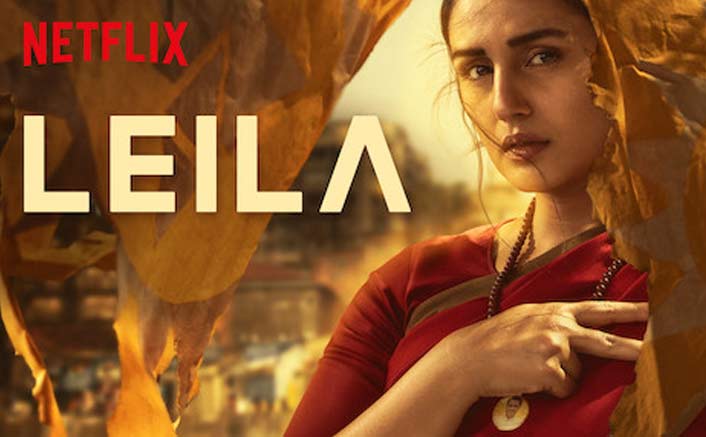Netflix’s Leila Not A Darling With Critics! Find Out Why

Water (2005) is the third instalment in Deepa Mehta’s Elements trilogy. The day before the shooting was supposed to begin, several protestors belonging to a prominent right-wing organisation vandalised the set and threatened the makers. The film had to be shot in Sri Lanka under secrecy, was eventually released as a Canadian film, got nominated for the Oscars as Canada’s official entry and lost to the German film The Lives of Others for Best Foreign Language Film.
Deepa Mehta is one of the directors for Leila and not surprisingly the show has garnered a lot of negative feedback for the same reasons that Water got and from the same set of people. There is no hard and fast rule of making dystopian art, but generally I have found those to be more watchable that have either gone full dark (Blade Runner, V for Vendetta) or full comic (The Lego Movie). There is something tragi-comic about that reality. Leila is neither.
Adapted from Prayaag Akbar’s 2017 novel, Leila revolves around a mother trying to search for her daughter in a future version of India (called Aryavrat in the show). Aryavrat is a Hindu manifestation of Airstrip One. The words Hindu or Hinduism or even Hindu symbols and gods are never mentioned, even implicitly, but you have to be a fool to not note the references to it. To the credit of the writers, they get much of the dystopian parts and events correct, although stretched to the extremes, and they do bear an ominous foreboding of our actual reality. For example water is a luxury in Aryavrat, residences of slum dwellers are well demarcated from the residences of the affluent (this actually exists), inter-religion marriage is disallowed, a humongous mountain of garbage festers like a sore wound outside city limits (again this exists in Gurgaon), freedom of press and expression of art is clamped down heavily and so on and so forth.
The problem with Leila is that except for the protagonist, all the rest of the characters seem hackneyed and one-dimensional. They are cardboard-cutouts even if they are all decent actors. The pace feels rushed and some scenes are unintentionally funny, for instance the leaders of Aryavrat shouting ‘Yay’ and raising their fists after bombing the Taj Mahal. They went full Monty with the authoritarianism but the tone and the mood is not dark enough. The subplots and arcs feel half-baked, some of the decision-making of the characters seems unconvincing and the end really feels drab and anti-climatic. Some parts of the story happen behind the scenes and we are left to assumptions. Netflix has a ten episode format and maybe they could have gone for ten instead of six to flesh out the plot and Aryavrat more comprehensibly.
It is a good attempt and a welcome change in Indian fiction writing because we are so much bombarded with garish sentimentality and mawkish jingoism. Huma Qureshi is awesome in her role and I kept on watching mainly because of her.
[Disclaimer: The views of the author are his own and do not necessarily represent that of the website’s]

Comments are closed.